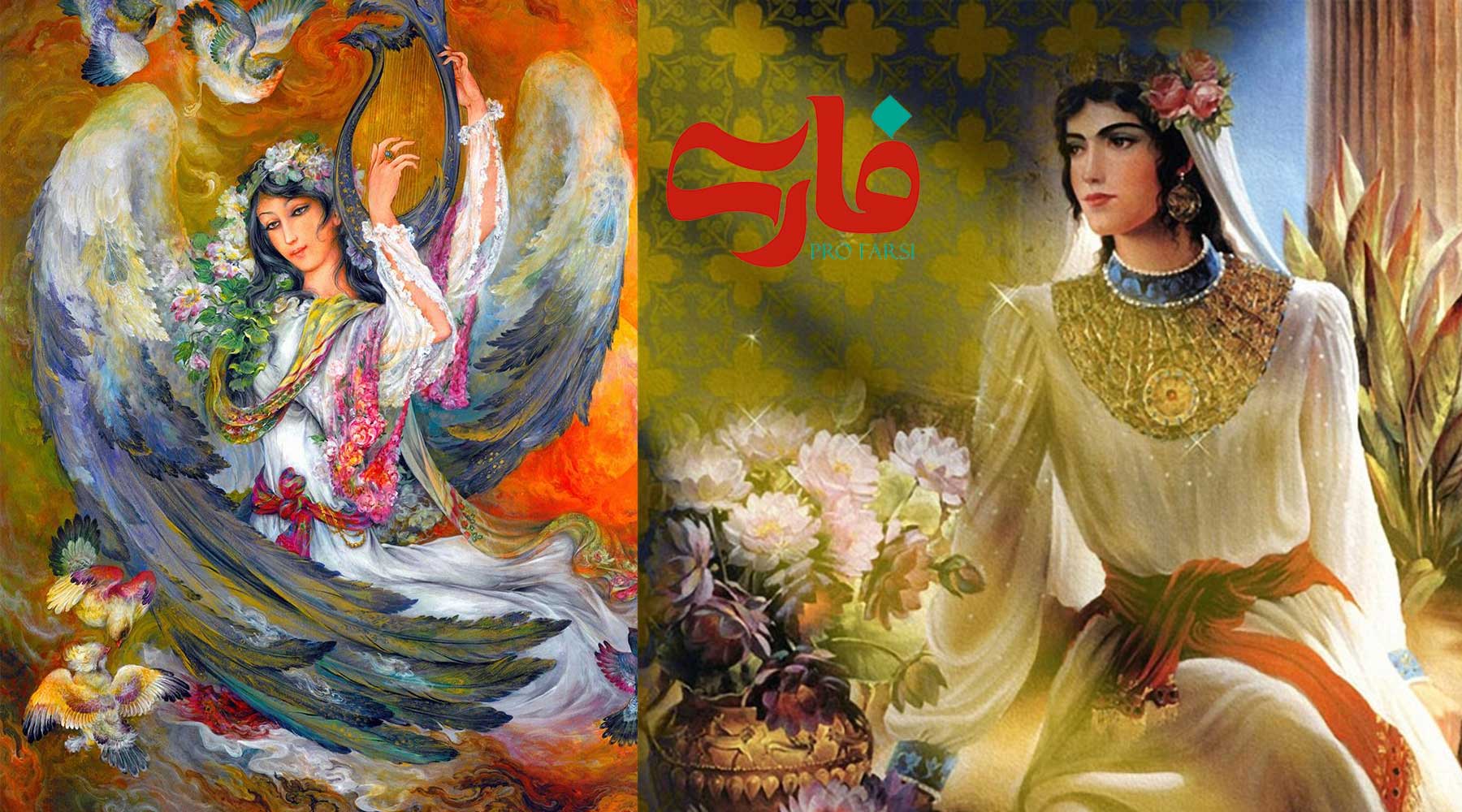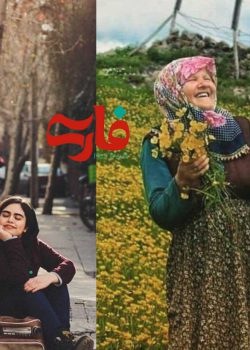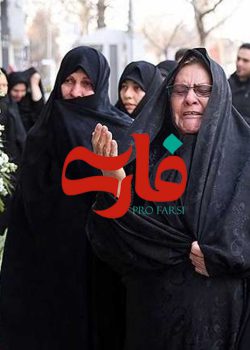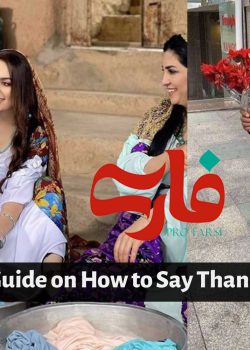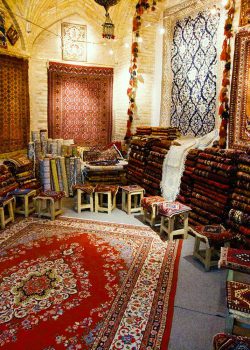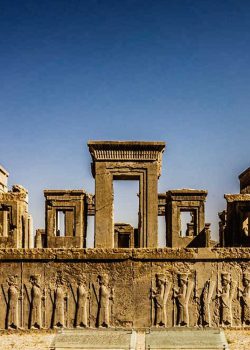Persian Female Warrior Names
Introduction
Historical Persian warriors have left a significant mark on the annals of warfare, showcasing their formidable military prowess and indomitable spirit. From the ancient Achaemenid Empire to the medieval Sassanian Empire, Persian warriors played a vital role in shaping the course of history in the region. Renowned for their strategic thinking, discipline, and martial skills, these warriors demonstrated their might on battlefields across the ages.
One of the most renowned groups of Persian warriors was the Immortals. Led by kings such as Cyrus the Great, these elite infantry units were named for their unique composition: maintaining an unchanging strength of 10,000 soldiers at all times. The Immortals were highly trained and heavily armed, ensuring a constant and formidable force in Persian military campaigns.
Warrior women in ancient
In ancient Persia, there are limited records and accounts specifically focused on warrior women. However, Persian history and mythology do contain references to women who exhibited bravery and martial prowess. One example is the legendary figure of Gordafarid from the Persian epic Shahnameh. Gordafarid is depicted as a courageous and skilled warrior who fought alongside men on the battlefield, displaying exceptional combat skills and valor. Her story emphasizes her strength, independence, and unwavering dedication to protecting her family and kingdom.
Another notable mention is Queen Tomyris of the Massagetae, a nomadic people who lived in what is now modern-day Iran. Tomyris led her forces against the Persian king Cyrus the Great and achieved a significant victory. Her leadership and military skills exemplify the agency and influence that some women held in ancient Persian society.
While the historical documentation regarding warrior women in ancient Persia may be limited, these examples from Persian mythology and legendary tales shed light on the recognition and admiration of women who displayed warrior-like qualities and played significant roles in military endeavors.
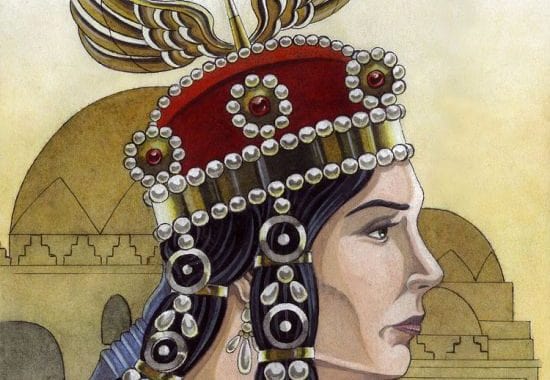
Should we know the names of Persian female warriors?
Knowing the names of Persian female warriors promotes a more inclusive and accurate understanding of history, encourages gender equality, and provides inspiring role models for individuals today. It fosters a broader appreciation of the diverse and significant roles women have played in shaping societies throughout time.
- Representation and Recognition: By acknowledging the existence and contributions of Persian female warriors, we promote gender equality and inclusivity in historical narratives. It highlights the fact that women played active roles in warfare and demonstrates that their accomplishments deserve recognition alongside their male counterparts.
- Inspiring Role Models: Learning about Persian female warriors can provide inspiring role models for individuals, especially women and girls. Their stories of courage, leadership, and resilience can serve as a source of inspiration and empowerment, encouraging individuals to pursue their goals and break through gender stereotypes.
- Challenging Stereotypes: Historical narratives often depict women as passive or limited to traditional gender roles. By knowing the names of Persian female warriors, we challenge such stereotypes and broaden our understanding of the diverse roles women have played throughout history. It helps to dispel the notion that women are solely confined to domestic spheres, highlighting their agency and capability in areas traditionally dominated by men.
- Cultural and Historical Understanding: Persian female warriors are part of the rich tapestry of Persian culture and history. Knowing their names and stories enhances our understanding of Persian society, values, and the contributions of women within that context. It allows for a more comprehensive and nuanced perspective on the past.
Here are a few Persian female warrior names:
Gordafarid: A legendary warrior woman from Persian mythology, known for her courage and combat skills.
Tomyris: Queen of the Massagetae who fought against Persian forces, renowned for her military prowess.
Artemisia: Though not Persian herself, Artemisia I of Caria was a queen and naval commander who fought alongside the Persians during the Greco-Persian Wars.
Azar: A strong and powerful name meaning “fire,” symbolizing strength and determination.
Farinaz: A name associated with ancient Persian heroines, representing bravery and fearlessness.
Sarmishta: Derived from Persian mythology, Sarmishta was a princess who displayed courage and strength.
Zarina: A name meaning “golden” or “golden warrior,” symbolizing both beauty and warrior-like qualities.
Avesta: A name inspired by the ancient Persian holy scriptures, representing ancient wisdom and strength.
Marjaneh: A name with Persian origins meaning “coral,” symbolizing resilience and endurance.
Sogand: Meaning “oath” or “vow,” this name carries the essence of dedication and determination.
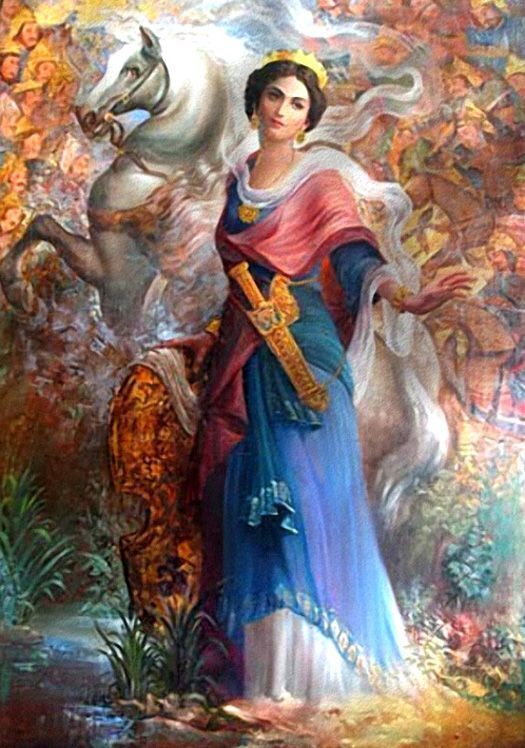
Faranak: Faranak is a name associated with ancient Persian heroines, symbolizing bravery and fearlessness. This warrior woman would have displayed courage and prowess on the battlefield.
Mandana: Mandana was a Persian princess and mother of Cyrus the Great, the founder of the Achaemenid Empire. While not a warrior herself, her lineage and influence played a significant role in shaping Persian history.
Anahita: Anahita is the name of a Persian goddess associated with water, fertility, and war. A warrior woman named Anahita would carry the divine symbolism of these qualities into battle.
Sepideh: Sepideh is a Persian name meaning “bright” or “radiant.” A warrior woman named Sepideh would shine with bravery and valor on the battlefield.
Afsoon: is a “charm-ing” name with a hint of magic, commonly used in Iran and surrounding countries. The most “bewitching” bearer is Iranian-born Afsoon Johnston, a pioneer for women’s wrestling and the first American female to win a medal at the World Championships.
Almas: is an Arabic name, ultimately derived from the Middle Persian “almās,” meaning “diamond” or “jewel.” It is also Spanish for “souls” and Hungarian for “apples.” In Mongolian folklore, an Almas was a humanoid creature with dark black fur said to live in the mountains (like the Yeti). This name is all over the map!
Ariana: sounds modern, but! Ariana is either a Latinized form of the ancient Greek Ariadne or a term used by ancient Iranians to reference themselves. Nowadays, people will assume you named your daughter after pop star Ariana Grande (whether this was your intention or not)! If you’re having boy-girl twins, Ariana and the male equivalent, Arian, go together like PB & J.
Arnavaz: was the daughter of Jamshid, a mythical king of Persia. Arnavaz and her sister, Shahrnaz, were very beautiful, said to be the most desirable women in the world. If Arnavaz is a mouthful, try nicknames Arna or Vaz.
Ayten: is a Turkish name of Persian origin, from “ay” (moon) and “ten” (skin). This otherworldly name will connect your daughter to the universe, with skin as luminous as the moon and a smile brighter than the stars.
Cassandane Shahbanu: was an Achaemenid Persian noblewoman, the daughter of Pharnaspes and the beloved wife of Cyrus the Great. She bore four children: Cambyses II (who succeeded his father and conquered Egypt), Smerdis (Bardiya) who also reigned as the king of Persia for a short time and a mighty daughter named Atusa
Pantea Arteshbod: was one of the all time greatest Persian commanders during the reign of Cyrus the Great (559–530 B.C.E.). She was the wife of General Aryasb (Achaemenid Arteshbod). She played an important role in keeping law & order in Babylonia after the conquest of the Neo-Babylonian Empire in 547 B.C.E. by Cyrus the Great
Atusa Shahbanu (Atossa):was the Empress of the Persian Achaemenid Empire, wife of the mighty Persian Achaemenid King Darius the Great (522–486 B.C.E.), daughter of Cyrus the Great and Queen Cassandane, a half-sister of Cambyses II and the mother of Xerxes the Great (Kheshayar Shah). Ancient Greek historians of the era remarks that the formidable Atusa “had all the power”.
Lieutenant Artunis: was the Commander of the Achaemenid Persian Army and the daughter of Artebaz, Sepahbod (Lieutenant General) during the reign of Darius the Great. She was a mighty brave woman.
Phaidyme Shahbanu: was an Achaemenid Queen and the daughter of the Persian noble Otanes, one of the seven conspirators who helped Darius the Great to assume the throne. She was the wife of king Smerdis (Bardya) who was allegedly killed and replaced with a false pretender to the throne (Gaumata).
Irdabama: was a highly successful Persian businesswoman who lived during the reign of Emperor Xerxes the Great (518–465 B.C.E.). She was a major formidable landowner and controlled a huge workforce. She ran her own wine and grain businesses. The fortification tablets at Persepolis contain information about her wealth, workshops and hundreds of workers of both sexes.
Amestris Shahbanu: (Alternative spellings in Greek: “Άμηστρις”) was the beautiful daughter of Otanes (A Persian nobleman mentioned in the Histories of Herodotus as a defender of the idea of democracy.) and the early wife of Emperor Xerxes the Great (prior to Esther), mother of King Artaxerxes and Queen of Persia. When Darius died in 486 BC, Amestris was married to the crown prince, Xerxes. She was also an Achaemenid military Commander and her mother was a Arteshbod General of the Imperial Army.
Related Posts

